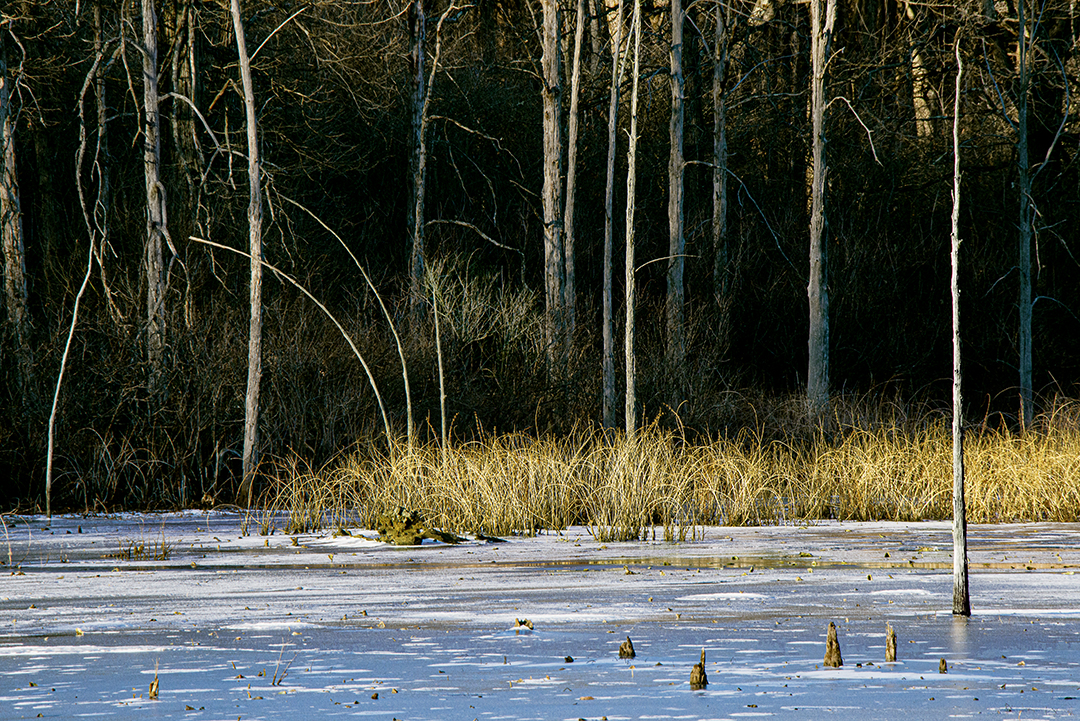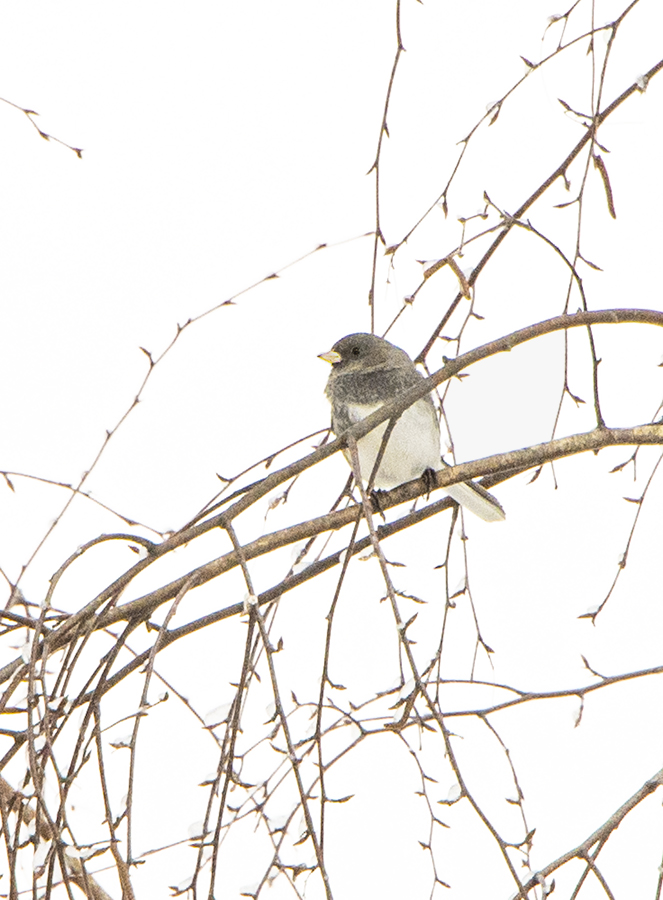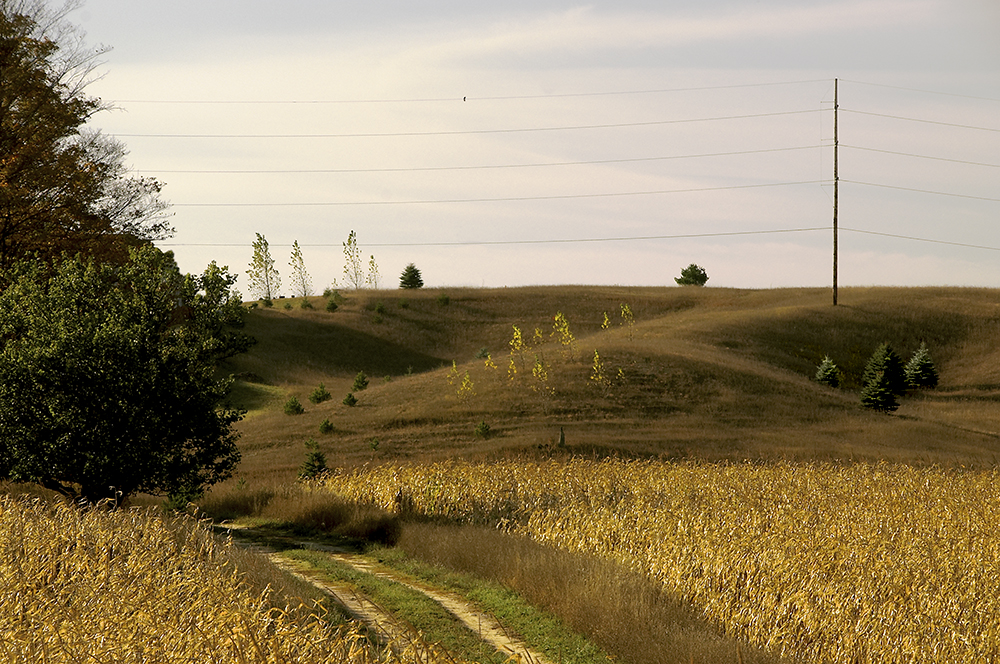
“End of Day” January 15, 4:30 p.m.
I took this photograph in mid-January, late in the day as the sun was in rapid descent. The blue ice is as close to the color I experienced as possible. Truth and authenticity in the medium of photography are justifiably challenged as “ready-made” skies, hyper saturation and the addition and deletion of pixels have become commonplace – most often victims of camera (and phone) manufacturers that “bake in” the captivating looks, as well as software engineers who preempt decisions of the artist.
What interests me here is what this photograph tells us about the evocative power of an image, what we may learn from its intrinsic properties as well as its relationship to us, our memories, our personal response. We come to understand that a good photograph can have infinite “truths”, some fundamental, some less visible, buried within and beyond the landscape and some ambiguous but almost never absolute.
Realities or, more directly, objective truths in an image rarely exist independently, rather they take form and give shape through their contextual relationships – both physical and metaphorical. One role of the photographer, any artist for that matter, is to focus awareness on the subject, tangible or abstract. The artist elucidates the unexpected (an object, lighting, something striking, even out of place) bringing abruptly into our awareness the departure from what was anticipated – the anomalies and illusions that catch the eye, an unusual specter of light for instance as in this image of “blue” ice. The conspicuous warm hues of sedge and the intermittent illumination along the shore’s bulwark of trees conceal their own truths. And still deeper, beyond oak and beech and hawthorn, into the tenebrous depths, Jungian shadows seduce and unsettle.
May nature’s mystery survive our instinct to comprehend.






